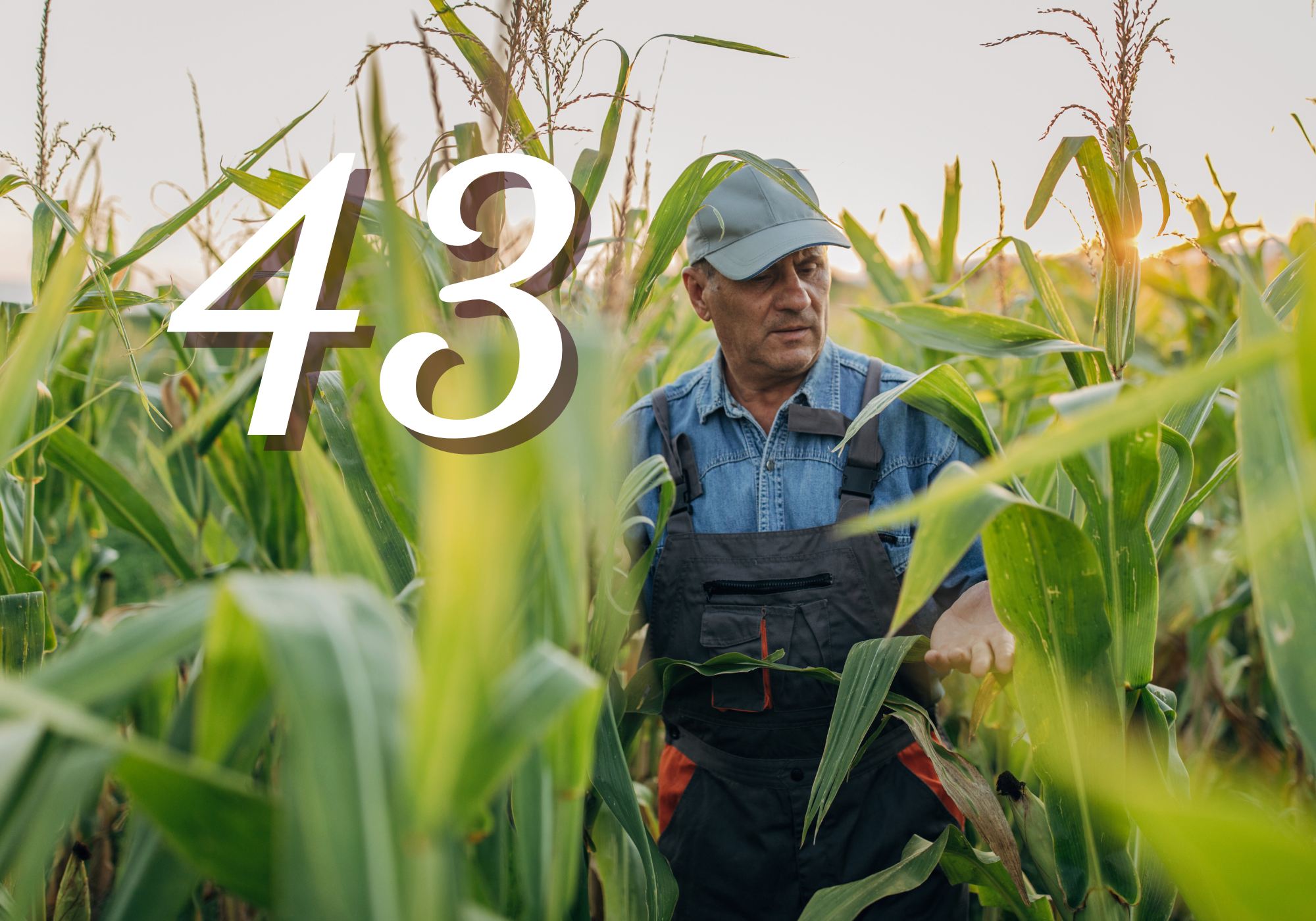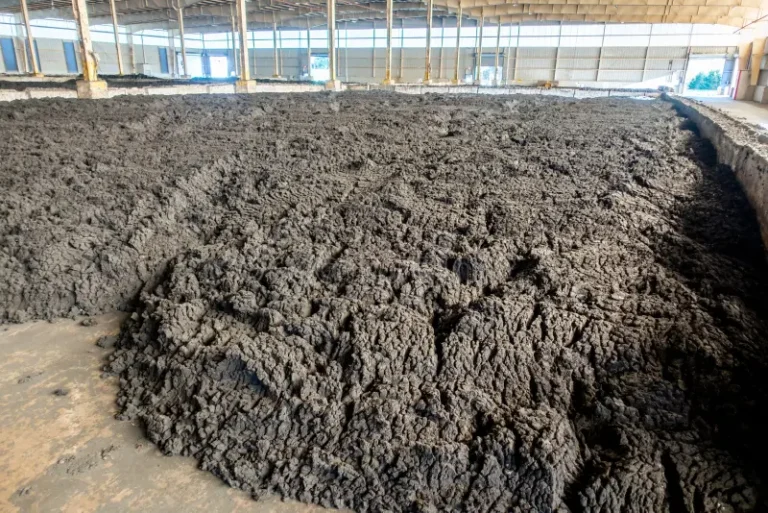Risky Pesticides — What You Are Not Being Told
The following article, published in 2023 in the world’s top science journal, Nature, reveals that the adverse health effects of pesticides alone, and in combination, or in single product mixtures, have barely been investigated. Yet pesticides are routinely used in combination with other chemicals. Glyphosate, for example, can be found in 300 complex formulations, in which the other so-called inactive ingredients are not disclosed.
https://www.nature.com/articles/s41467-023-38215-z
“In California, which is the largest agricultural producer and exporter in the United States, there are currently 13,092 [registered] pesticide products with 1059 different active ingredients registered for use3. While pesticides are important components of modern commercial agriculture that help maximize food production, most pesticides that are applied at industrial scales have not been adequately assessed for their potential role in Parkinson’s Disease, let alone for their mechanisms of action. Aside from important work in model organisms and cellular models mostly focused on rotenone and paraquat, the specific effects of most common, widely used pesticides remain unexplored4. Fewer studies still have delved into the effect of co-exposures…”
The following excerpts from a 2024 article on Parkinson’s Disease emphasize that the illness is predominantly due to toxic environmental exposures. And they emphasize the limited scientific evaluations performed to see whether particular pesticides induce Parkinson’s disease–yet it has been known for decades that farmers using pesticides, especially organophosphates such as malathion, or paraquat, are at higher risk for the condition. Furthermore, following acute organophosphate poisoning, some victims develop Parkinson’s disease.
“…serious deficiencies in current regulatory policies prevent adequate assessment of currently used pesticides when it comes the risk of Parkinson’s Disease and other neurodegenerative disorders. Our concerns are detailed elsewhere [52], but here we highlight three major drawbacks. First, current screens for neurotoxicity depend on the manifestation of parkinsonism in exposed animals but frequently ignore relevant nigrostriatal neuronal loss which often precedes clinically discernible signs. This limitation had been long acknowledged by Parkinson’s experts and is now recognized by the European Food Safety Authority [53].
Second, many safety studies have been performed by the industry itself, which may not have been fully transparent about the health risks of their products. A recent investigative report by the British newspaper The Guardian reviewed legal documents that paraquat’s manufacturer submitted in response to lawsuits from individuals with PD. According to the reporters, the manufacturer had conducted research showing that rats and mice exposed to very high doses of the pesticide displayed a stiff gait or tremors. The studies were conducted in the 1960s [47].
So toxic is the chemical (paraquat) that regulators in 1974 expressed concern about workers “who might inadvertently lick small quantities of paraquat residue off lips, or inhale paraquat mist” [47]. The company was also concerned in 2009 that the scientific community would “conclude from the laboratory and epidemiology data that paraquat exposure is a causal factor (its emphasis) in Parkinson’s Disease or parkinsonism” [47]. Similarly, the manufacturers of glyphosate, another weed killer, withheld a relevant study from regulators which provided evidence of developmental neurotoxicity in young rats [54]. Despite the evidence linking certain pesticides to Parkinson’s Disease and other diseases (e.g., amyotrophic lateral sclerosis [55]), their use persists. To limit exposure to these toxicants requires greater awareness of industry practices employed to manufacture doubt and accountability for its actions [56–59].
Third, farmers, rural residents, and ultimately almost all of us are exposed to mixtures of multiple pesticides. Such mixtures are either used by farmers or arise from environmental contamination. For example, following use on crops, glyphosate is carried across long distances via the air, and in Germany, is found in measurable levels across the entire country, including in the most protected natural areas [60]. The large international SPRINT stud (Sustainable Plant Protection Transition) identified high concentrations of numerous pesticides, particularly in dust in farmhouses [61]. Multiple pesticides were also found in blood and stool samples of both farmers and people living near farmlands. Due to cumulative or possibly even synergistic effects, such cocktails may contribute to a much higher risk of developing PD. A recent study in California suggests that co-exposure to multiple pesticides is associated with much greater damage to dopaminergic neurons than exposure to any single compound [62], yet current regulatory actions only consider the neurotoxicity of isolated compounds.
The result of these shortcomings is that few of the commonly used pesticides have been adequately tested for their risk of PD. Improved neurotoxicity studies that focus specifically on the risk of PD and evaluate different combinations are urgently needed. And such experiments should be performed by independent researchers and not only by the industry itself…”
Paraquat is banned in many other countries, including China, but is manufactured in China for sale in the US. It is said that the US allows the use of 85 pesticides that are banned or being phased out in other countries. Isn’t it time our regulators caught up to the rest of the world? And shouldn’t this be a warning to us all to use them as carefully and sparingly as possible?






